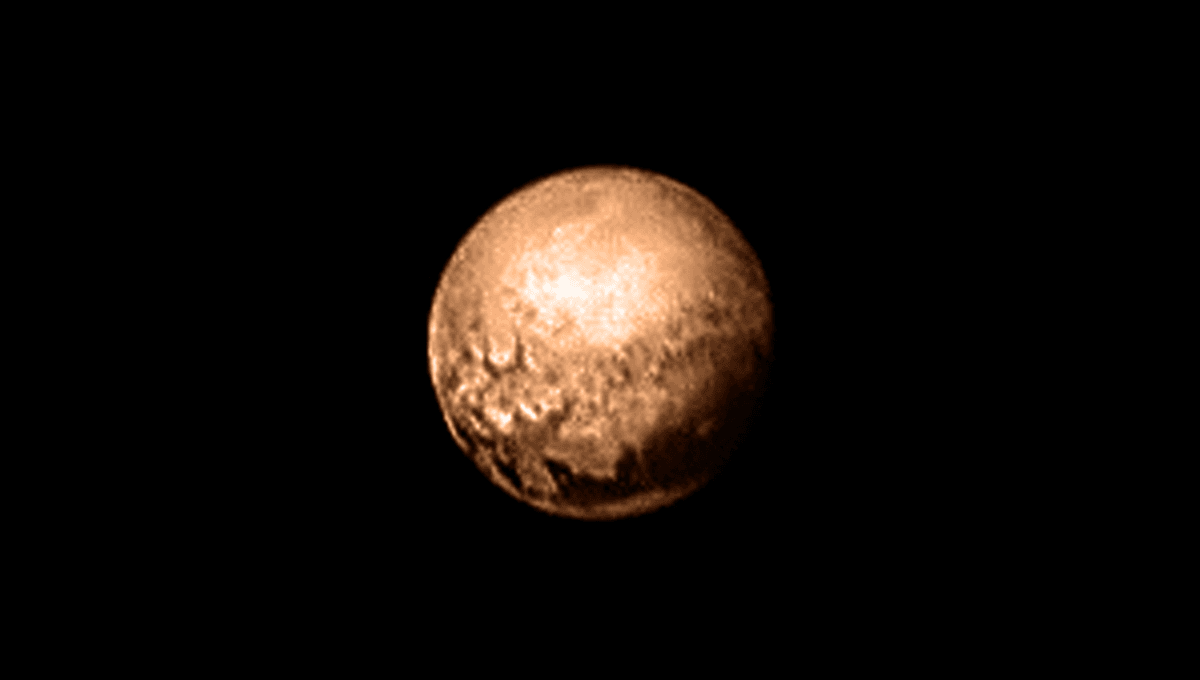
The US state of Arizona has taken the unusual step of naming a state planet. Even more unusually, they have chosen Pluto – which is not a planet – as their representative in the solar system.
A surprising number of astronomical bodies have been discovered by observing Uranus. Observing the planet in the 19th century, astronomers noticed that Uranus was moving in unexpected ways, according to the Newtonian theory of gravity. Though the discrepancies were small, there was a difference between the observed orbit of Uranus and the way Newtonian physics predicted its orbit to be.
In 1846, astronomer and mathematician Urbain Le Verrier predicted that an unknown planet beyond Uranus was altering its orbit, and made predictions as to the orbit of this unknown object. The object turned out to be Neptune, but Uranus still had some secrets hidden away up there.
American astronomer Percival Lowell noticed that there were still unexplained movements in the orbit of Uranus, as well as Neptune. In 1905, he suggested these were caused by the pull of another unknown planet, and made predictions as to its orbit.
Based on the predictions from Lowell and other astronomers, Pluto was eventually located in 1930. American astronomer Clyde Tombaugh at the Lowell Observatory in Flagstaff, Arizona looked at areas of the sky where astronomers predicted Pluto would be. He used a blink comparator, a device that quickly flipped between two images of the same area of sky allowing any slight differences to be noticed more easily, and found an object which had moved between January 23 and 29, 1930.
This was soon confirmed to be a planet (for a while, anyway), which was named Pluto by Venetia Burney Phair, an 11-year-old girl who wrote to the Lowell Observatory.
For a time, Pluto sat on diagrams of the solar system alongside actual planets like Jupiter and Earth. But before Pluto had even spent a year enjoying its planet status (Pluto’s orbit takes 248 Earth years), it was reclassified as a dwarf planet and kicked off our diagrams once more.
The International Astronomical Union (IAU) downgraded Pluto in 2006 as it did not meet all the criteria for what astronomers call a planet. Though it orbits the Sun, and has enough mass to make it into a nearly spherical shape, it does not dominate its own orbit. Pluto has not tidied up enough of its orbit of other space rocks in order to qualify as a planet, sharing its orbit with other large objects that do not orbit the dwarf planet.
Despite this demotion, Arizona signed a bill making Pluto its official planet, as it was discovered by astronomers in the state.
“That’s a major astronomical achievement and it happened here in Arizona,” Representative Justin Wilmeth, who introduced the bill, AZFamily reports. “That’s something for every single citizen of this state to be proud of and it’s why I decided to sponsor the bill.”
“Is it a planet? While many believe it is now a dwarf planet, others in the astronomical community still view it as a planet,” Wilmeth added, though we should stress it is not a planet. “Whatever the case, all I wanted to do with this bill is celebrate Arizona’s important achievements in space and astronomy.”
Source Link: Arizona Names Pluto (Not A Planet) As Its Official State Planet